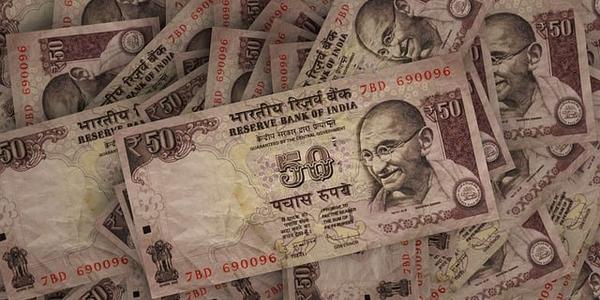The Rise of Instant Noodles as an Economic Indicator: A Thought Process
-
Understanding the Trend: The article discusses the significant increase in global instant noodle consumption, noting that sales reached a record 121 billion servings in 2022. This growth extends beyond developing economies to include wealthy nations like the U.S. and the U.K., where noodles have become essential during price hikes.
-
Economic Significance: Instant noodles are emerging as an economic indicator, reflecting consumer resilience and survival strategies. They serve as a substitute for more expensive foods when prices rise, indicating economic hardship beyond just consumption statistics.
-
Survival Mechanism in Rich Countries: In wealthier nations, noodles have become a necessity due to inflationary pressures. Companies like Nissin maintain their market share by keeping noodle prices competitive, ensuring affordability even as other food items escalate.
-
Prisoner Case Study: The article highlights that noodles are not just for everyday use but also in extreme situations, such as prisons where financial incentives have reduced food supplies. This underscores the product’s critical role beyond consumer economics.
-
Psychological and Economic Impact: Noodles provide comfort during hardship, illustrating how familiar products become essential substitutes. This adaptability reflects both economic resilience and psychological coping mechanisms.
-
Broader Implications: The shift from noodles being a luxury to an essential during crises raises questions about economic preparedness and consumer behavior. It serves as a gauge for systemic economic challenges affecting multiple regions.
-
Conclusion: Instant noodles offer insights into global economic health, reflecting both survival strategies and shifts in consumption patterns across diverse economies. This trend highlights the adaptability of everyday products to economic extremes.




